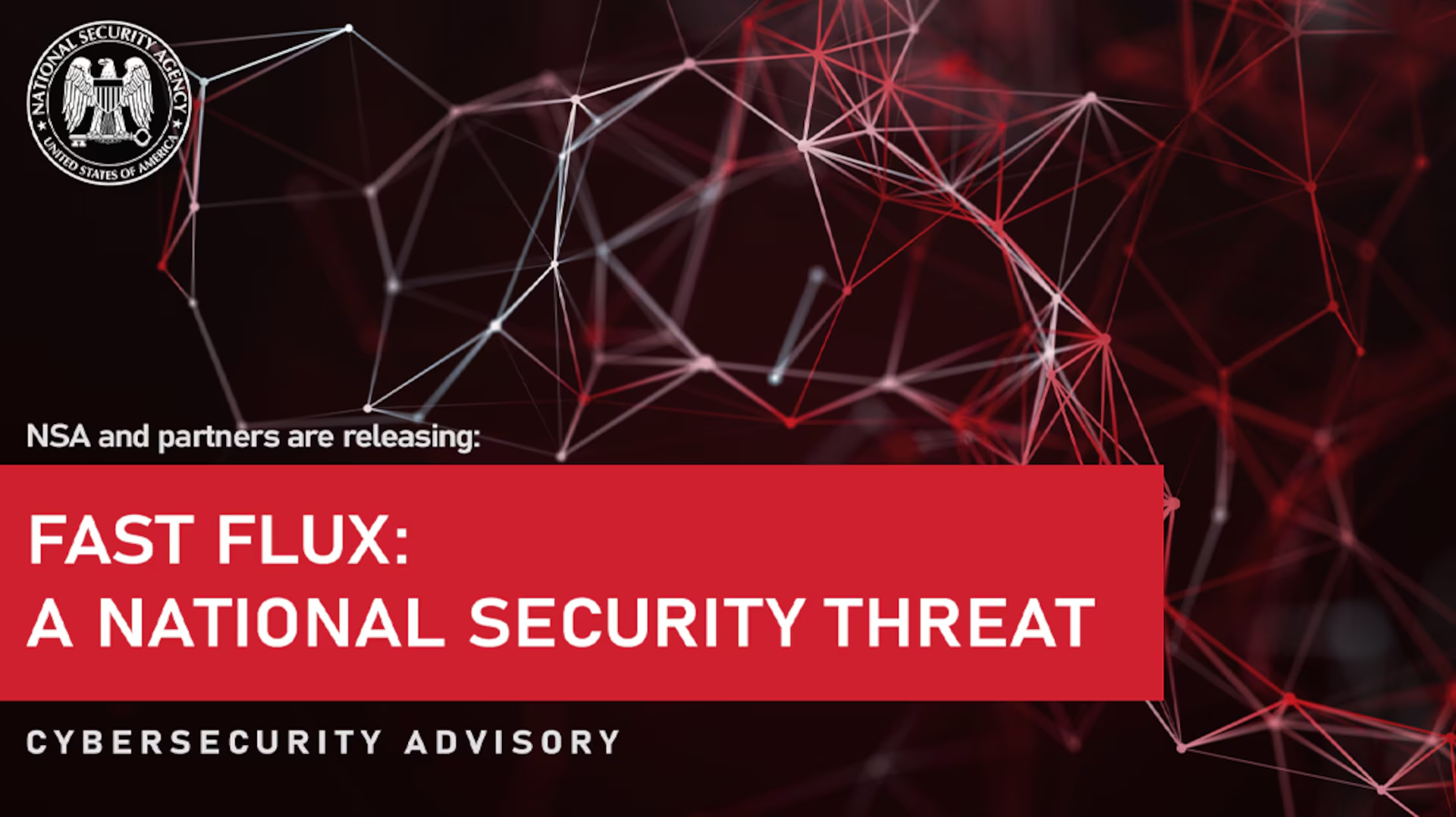The U.S. Cybersecurity and Infrastructure Security Agency (CISA), in joint collaboration with the National Security Agency (NSA), the Federal Bureau of Investigation (FBI), and allied international cybersecurity authorities, has issued a critical cybersecurity advisory titled “Fast Flux: A National Security Threat.”
The advisory exposes the rising use of fast flux DNS techniques by advanced cybercriminals and potential nation-state actors to establish stealthy, resilient, and near-impossible-to-disrupt command and control infrastructures.
What Is Fast Flux? A Cloaking Mechanism for Cyber Attacks
Fast Flux is a high-speed domain manipulation technique that rotates IP addresses associated with malicious domains at a rapid pace, making it extremely difficult for defenders to track, block, or shut down attacker infrastructure.
There are two known variants:
- Single Flux: A single domain name is linked to multiple IPs that change frequently, ensuring uninterrupted malicious operations.
- Double Flux: Adds a second layer by rotating DNS name servers as well, offering cybercriminals deeper anonymity and redundancy.
These techniques are usually powered by botnets of compromised systems and used for:
- Malware delivery
- Phishing campaigns
- Persistent Command-and-Control (C2) operations

Contents
Why It’s a National Security Emergency
The use of fast flux is no longer just a cybercrime issue—it’s a full-scale threat to national security, with implications including:
- Unbreakable Malware Infrastructure: Fast flux domains remain online even after partial takedowns.
- Bypassing Detection: Constantly changing IPs and DNS servers defeat traditional cybersecurity tools.
- Invisible Actors: Attribution becomes nearly impossible, allowing cyber adversaries to operate in the shadows.
Immediate Action Required – Mitigation Recommendations
Organizations are urged to take the following steps without delay:
- DNS/IP Blacklisting: Identify and block domains/IPs using fast flux behavior.
- Advanced Traffic Monitoring: Deploy tools to analyze DNS query patterns and detect flux activity.
- Global Intelligence Sharing: Join industry-government sharing networks to exchange IOCs (Indicators of Compromise).
ALSO READ: Empanelment for Speakers, Trainers, and Cyber Security Experts Opens at Future Crime Research Foundation
This is not a drill.
Fast flux is enabling a new generation of cyber threats that are agile, anonymous, and built to withstand takedown efforts. The U.S. government urges all sectors—public and private—to treat this as a top-tier threat vector and respond with aggressive, coordinated defense strategies.

